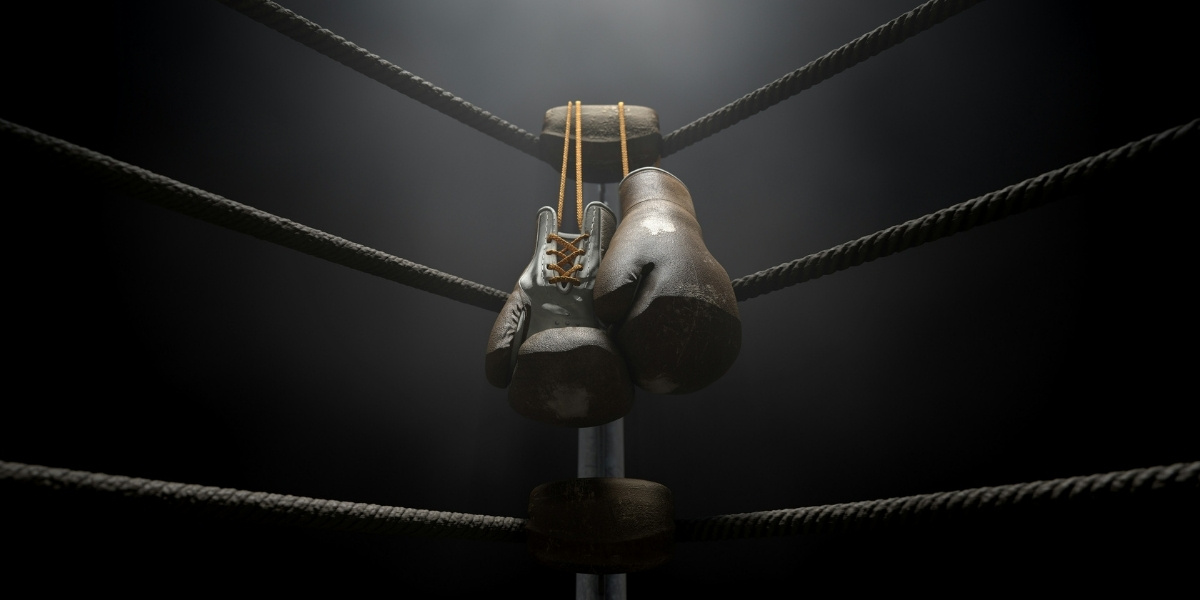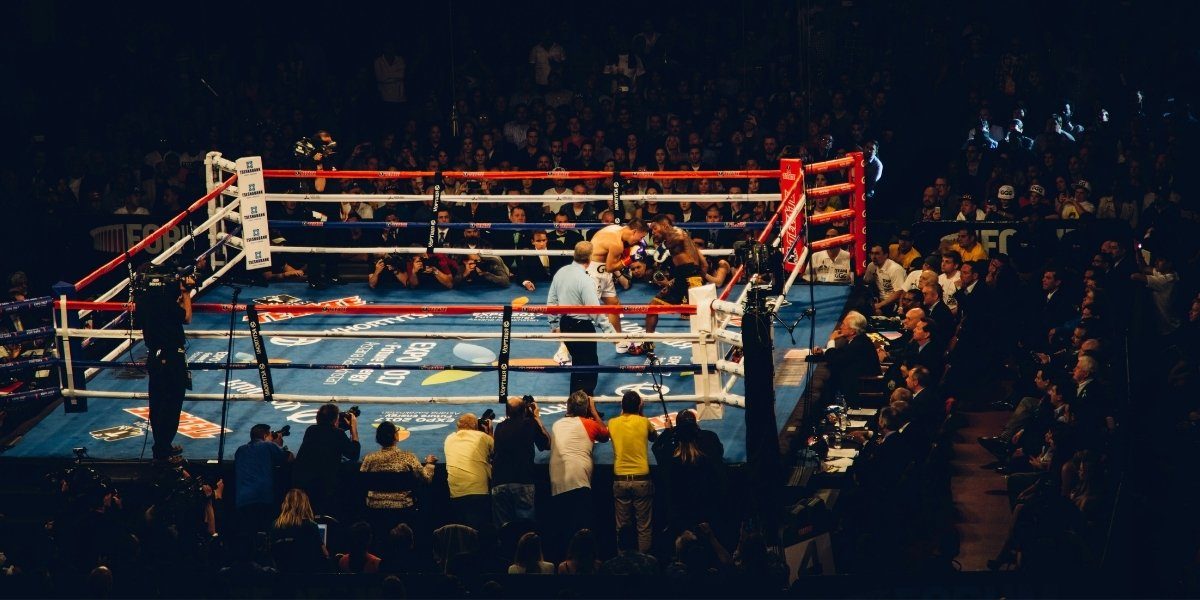Boxing, often called the sweet science, involves more than just throwing punches. It is a intricate dance of strategy, physical conditioning, and mental fortitude. Understanding the core elements of boxing reveals why this sport captivates audiences and inspires countless athletes around the world. Every movement, every feint, and every punch thrown is part of a larger plan, executed under immense pressure. The journey from initial training to stepping into the ring is a testament to dedication, shaping individuals in profound ways.
Read Also: How Martial Arts Boost Fitness and Mental Discipline
The true essence of boxing lies in its fundamental principles. At its heart, the sport is a one-on-one confrontation where two competitors test their skills and wills against each other. It demands a unique combination of strength, speed, and agility, but these physical attributes are merely the foundation. Beyond the visible power, a boxer must possess exceptional footwork to control distance, head movement to avoid incoming blows, and the ability to anticipate an opponent’s next move. These nuanced aspects contribute significantly to a boxer’s overall effectiveness and their ability to dominate a match. It is this complex interplay of physical and strategic elements that elevates boxing beyond a simple slugfest.
What Physical Demands Does Boxing Place on Athletes?
The physical demands of boxing are extraordinary, pushing athletes to their absolute limits. Training for boxing is a comprehensive regimen that builds endurance, power, and agility. Boxers spend countless hours honing their cardiovascular fitness through roadwork, skipping rope, and sparring sessions. This high level of aerobic capacity is essential for maintaining performance throughout multiple rounds, ensuring they can sustain powerful output from the first bell to the last. Without exceptional stamina, even the most skilled boxer would quickly tire and become vulnerable.
Beyond endurance, boxing requires immense explosive power. This power is generated not just from the arms, but from the entire body, beginning with the legs and core. Boxers engage in specific drills like heavy bag work, focus mitt training, and plyometrics to develop punching power that can deter or stop an opponent. Speed is equally crucial, allowing boxers to deliver quick combinations and react swiftly to an opponent’s attacks. Agility, cultivated through drills that emphasize rapid changes in direction and intricate footwork, enables fighters to move fluidly around the ring, creating angles for attack and escaping dangerous situations. The combined development of these physical attributes is what makes a truly formidable boxing competitor.
How Does Strategy Influence a Boxing Match?

Strategy is a cornerstone of boxing, often determining the outcome of a match as much as, if not more than, raw physical power. Before stepping into the ring, a boxer and their coaching team develop a detailed game plan based on the opponent’s strengths and weaknesses. This involves studying past fights, identifying patterns, and anticipating how the opponent might react in various scenarios. The strategy might focus on exploiting a reach advantage, targeting a perceived weakness in an opponent’s defense, or overwhelming them with continuous pressure.
During a match, this strategy is constantly adapting. A boxer must be able to think on their feet, adjusting their approach based on how the opponent responds and what new opportunities or challenges arise. Sometimes, a planned strategy needs to be completely abandoned if it proves ineffective, requiring quick improvisation. This mental chess match, where each fighter tries to outwit the other, is a fascinating aspect of boxing. A well-executed strategy can neutralize a more physically imposing opponent, showcasing the profound impact of intellect in a sport often seen as purely physical.
What Role Does Mental Fortitude Play in Boxing?
Mental fortitude is an undeniable and critical component of success in boxing. The sport is as much a psychological battle as it is a physical one, demanding incredible resilience and self-belief from its participants. Boxers must possess the mental toughness to endure grueling training sessions, pushing through pain and exhaustion when their bodies tell them to quit. This discipline built outside the ring directly translates to their performance during a fight.
Inside the ring, mental strength becomes even more pronounced. A boxer must maintain composure under intense pressure, even when facing powerful blows or falling behind on the scorecards. The ability to stay focused, make clear decisions, and stick to a game plan despite adversity separates good boxers from great ones. Overcoming fear, managing adrenaline, and maintaining a positive mindset even when things are not going well are all hallmarks of a strong mental game. The psychological aspect of boxing reveals that champions are often forged not just by their physical prowess, but by their unwavering mental resolve.
How Do Different Styles Shape a Boxing Encounter?

The diverse array of boxing styles contributes significantly to the sport’s dynamic and unpredictable nature. Each style brings a unique approach to the ring, creating fascinating matchups as different philosophies clash. A “slugger” or “brawler,” for instance, prioritizes power and aggression, aiming to overwhelm opponents with relentless punching. Their focus is often on landing knockout blows, making for exciting, high-impact fights. This style typically involves less intricate footwork and relies more on sheer force.
In contrast, a “boxer-puncher” combines strong fundamentals of boxing with significant punching power. These fighters can skillfully outbox an opponent from a distance, using their jab and footwork, but also possess the ability to step in and deliver powerful combinations when an opening arises. Then there are “out-boxers” or “pure boxers,” who emphasize movement, defense, and technique over raw power. They aim to score points by landing quick, clean punches while avoiding being hit, often frustrating their opponents with their elusive style. The clash of these varied styles creates compelling narratives, as each fighter tries to impose their preferred way of fighting, making every boxing match a unique spectacle of contrasting approaches.
What Makes Boxing a Timeless Sport?
Boxing has maintained its enduring appeal across generations, establishing itself as a truly timeless sport. Its fundamental simplicity—two individuals competing in a ring—belies the profound complexity and human drama it consistently delivers. The sport offers a raw and unfiltered display of human courage, determination, and resilience. Spectators are drawn to the spectacle of athletes pushing their physical and mental limits, overcoming adversity, and striving for victory in a direct, unambiguous confrontation.
Read Also: A Beginner’s Guide to MMA: Everything You Need to Know to Get Started
Beyond the action, boxing resonates because it embodies universal themes. It is a story of struggle, discipline, and the pursuit of excellence. The journey of a boxer, from unknown contender to champion, often reflects broader human experiences of overcoming challenges and achieving goals through sheer willpower. The unpredictable nature of a fight, where a single punch can change everything, keeps audiences on the edge of their seats. This combination of athletic artistry, strategic depth, and compelling human narrative ensures that boxing continues to captivate and inspire, securing its place as a perennial favorite in the world of sports.








